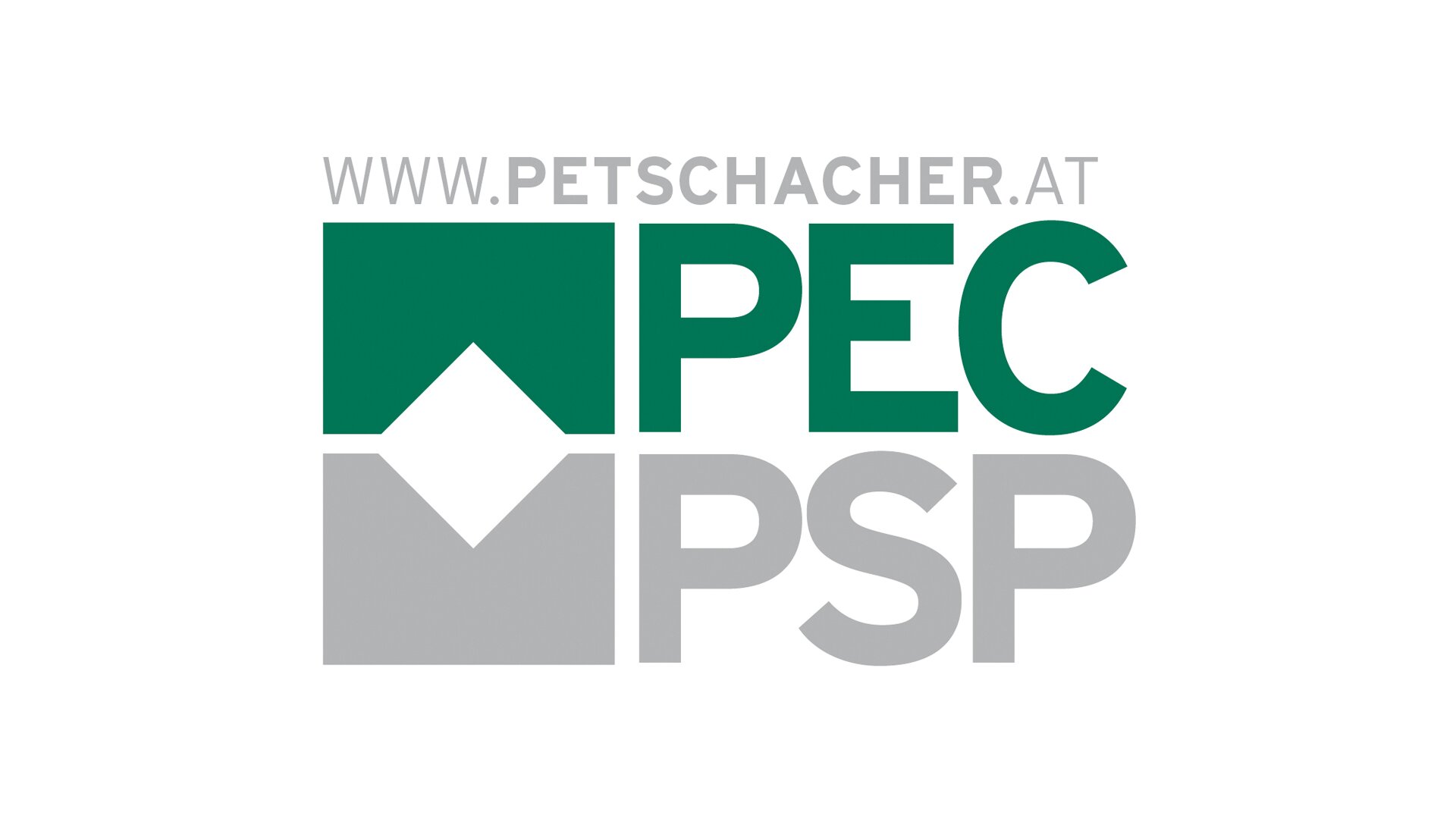PSP is an innovative Austrian company that specialises in advanced bridge monitoring systems. We offer two products: iBWIM, a bridge Weigh-in-Motion system which is used to monitor heavy goods traffic; and iSHM, an autonomous structural health monitor that measures long term deviations from the bridge’s design.
Our iBWIM system provides clients with a quantitative and up to date picture of heavy goods traffic crossing their bridge. Design requirements about the loading of the bridge and business assumptions traffic can be reviewed, and maintenance plans revised. In real time operation, traffic can be filtered for selective tolling; and overloaded vehicles can be stopped.
Our iSHM system gives clients early warning of structural changes in the bridge geometry. Preventative maintenance can be applied to avoid further damage and scheduled to avoid disruption to traffic. The data collated by iSHM gives planners the confidence to extend the lifetime of bridges nearing their termination phase.
PSP combines expertise in structural engineering and software development with excellence in electronic design. Our systems have been installed in Europe and Asia and have a proven track record for reliability and usability. We handle the installation of the systems on the bridge and perform data analysis. Our clients can then access up to date data and reports from a web-based interface.
iBWIM—measurement without disruption
The iBWIM system measures the speed, class and weight distribution of trucks as they cross a bridge—there is no interruption to traffic flow. Conventional Weigh-in-Motion systems use sensors which are embedded in the pavement. Installing the sensors involves cutting into the road surface; this means lane closures that may last weeks. iBWIM, by contrast, measures the strains induced on the bridge by vehicles. Sensors are placed on the underside of the bridge: there is minimal structural damage and no disruption to traffic. iBWIM provides the engineering data and business intelligence bridge planners need, without interrupting the flow of traffic across the bridge.
iSHM—sensitive, stable, independent
Over time, a bridge will deviate from its design geometry. These deviations are small and gradual; and measuring them requires sensitive yet stable electronic design. Furthermore, the logger must operate in locations with almost no infrastructure and where regular maintenance is all but impossible.
Our proprietary sensors are designed to minimise or eliminate temperature effects and long-term drift. Our logging systems are designed for high precision and low power consumption. They require no external power supply and can run for months on battery power; and almost indefinitely when used with an additional solar cell. In fact, the only infrastructure required is mobile network coverage.
Once installed our structural health monitoring (SHM) systems monitor the sensors, cache the measurements and report back periodically over the mobile telephone network to a remote server. The data is analysed on the server and reported on a web page, with PDF reports compiled periodically.
PSP Systems
Both the iSHM and iBWIM systems give bridge engineering and management teams critical information about the status of a bridge and the traffic it carries. They are characterised by their ease of installation, low maintenance and easy user interface. They offer bridge operators the opportunity to optimise maintenance, maximise bridge uptime and safely extend the lifetime of bridges.








